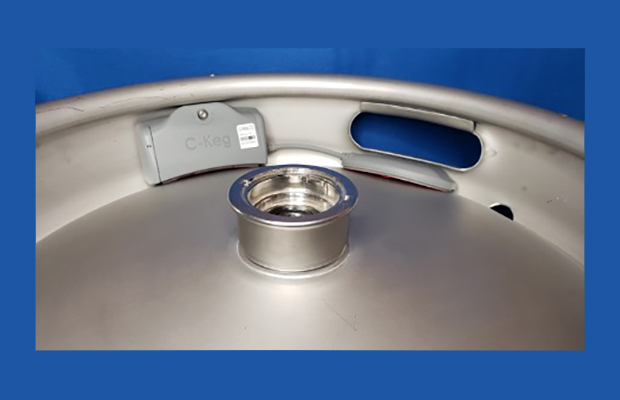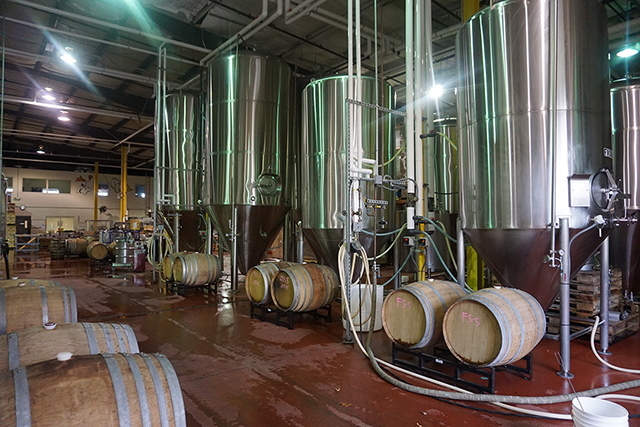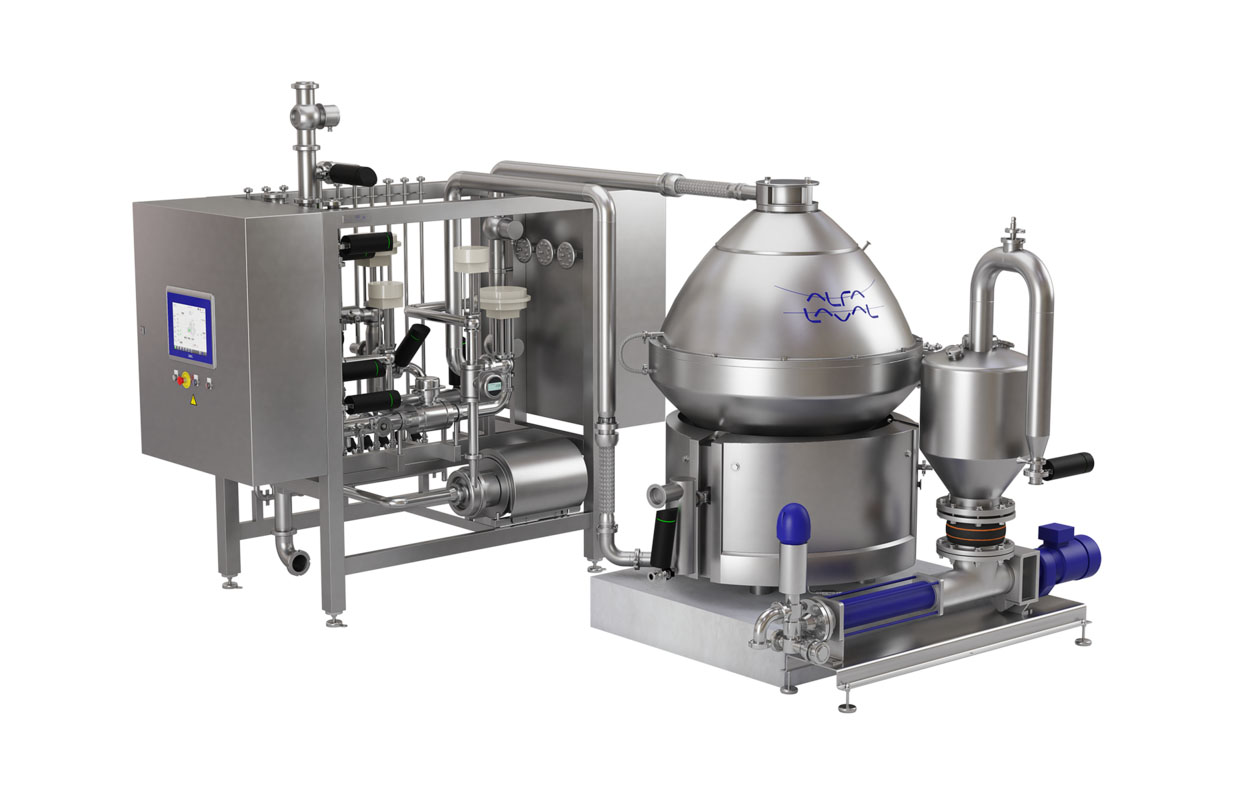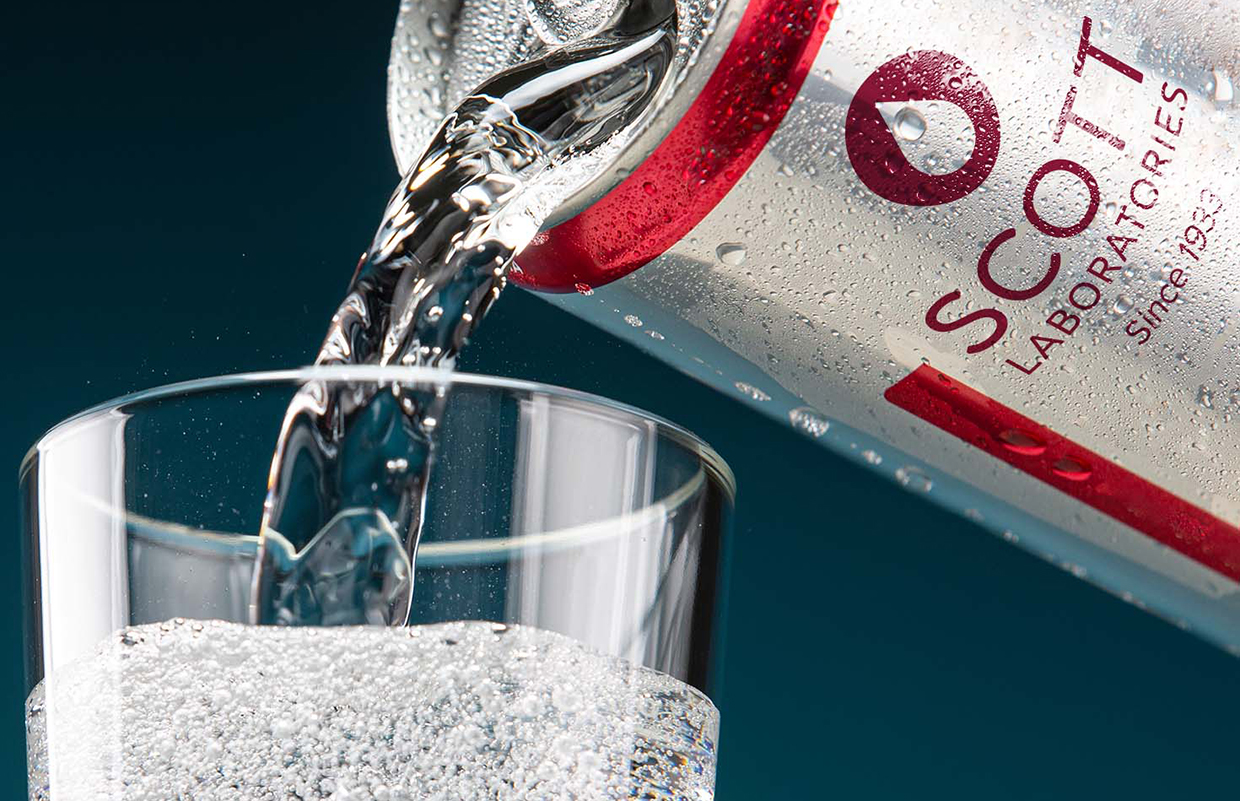
Until now, the beer keg has easily been the most boring part of the craft beer industry. Just don’t tell that to Greg Herlin, CEO and President of C-Keg, the company revolutionizing the craft beer business by harnessing the power — and information — of the common keg.
A craft beer fan hailing from the Pacific Northwest, Herlin knows business and he knows beer. After a long career as an award-winning CEO of a multi-million dollar manufacturing company, Herlin has come to know many brewers and brewery owners each who share the same legitimate concerns surrounding what happens to their beers once they leave the brewery.
The Blind Keg Problem
There are two things craft brewers care more about than anything in the world. Their customers and their product. The keg majorly impacts both.
There are millions of kegs in the distribution chain at any given time. According to the Brewers Association in 2019 the US craft beer industry shipped over 26 million barrels of beer valued at $29.3 billion. Much of that beer was packaged in kegs. These kegs are more than a shipping container, they are the valuable vessels that take the fruit of a brewer’s labor and deliver it to their fans all over the country.
Here’s the kicker, the amount of information these brewers have about their product once it leaves the warehouse? Almost zero.
In an era where reputation is everything, how a beer is shipped, stored, and served should be a top priority, but today it is done blindly.
Most are unsure what happens the moment their beer leaves their hands. Is it being stored cold? Is it being served fresh? What is selling well? Where is it selling best? Are my customers getting the correct impression of my product?
Stored Cold and Served Fresh
Giving up control of your beer to distributors bars and restaurants is a vulnerable (and exciting) thing to do.
While brewers may sometimes know which retailers have their products on tap, they generally don’t know exactly which beer or the age and storage conditions of that exact keg.
This matters to brewers for a number of reasons but it matters to average beer drinkers too. According to Nielsen, the top attribute when considering a craft beer purchase is flavor, followed narrowly by freshness. Local and independent brewers are also heavily considered.
If a consumer drinks a beer that doesn’t taste the same as it did at the brewery, at best they just had a bad experience with your brand, at worst they are turned off to it completely.
With Information Everybody Wins
A long time coming and making use of the newest technologies C-Keg answers the question “what happens when your beer leaves the brewery?” Tracking location, freshness, cold storage conditions and more.
With this kind of information readily available, brewers know where their beers are being well taken care of, how their products are performing in different locations, and where to send their customers who want to support the brewery. Retailers benefit from knowing which beers are selling through the quickest, and consumers benefit from knowing where their favorite beers are being served with confidence that they are fresh, cold, and available.
The current system floods the market with product, and everyone simply hopes it goes well. There must be a better way.






Be the first to comment